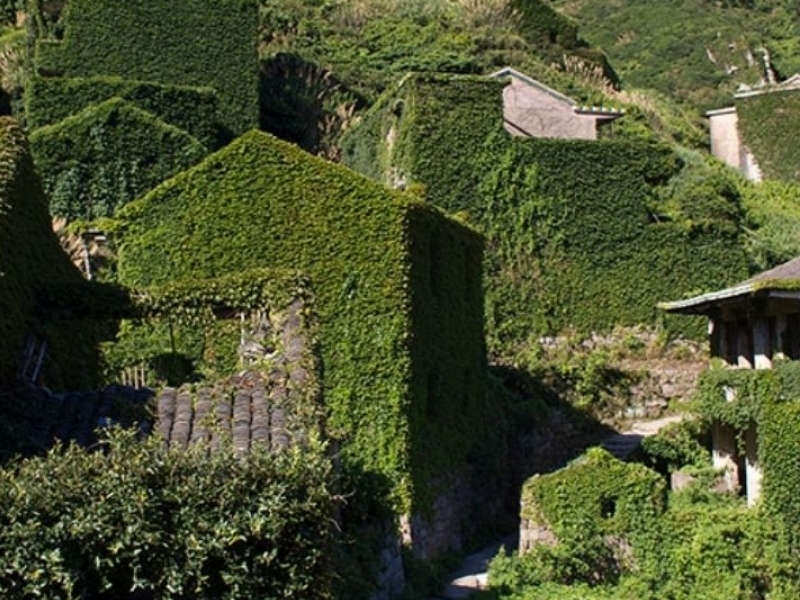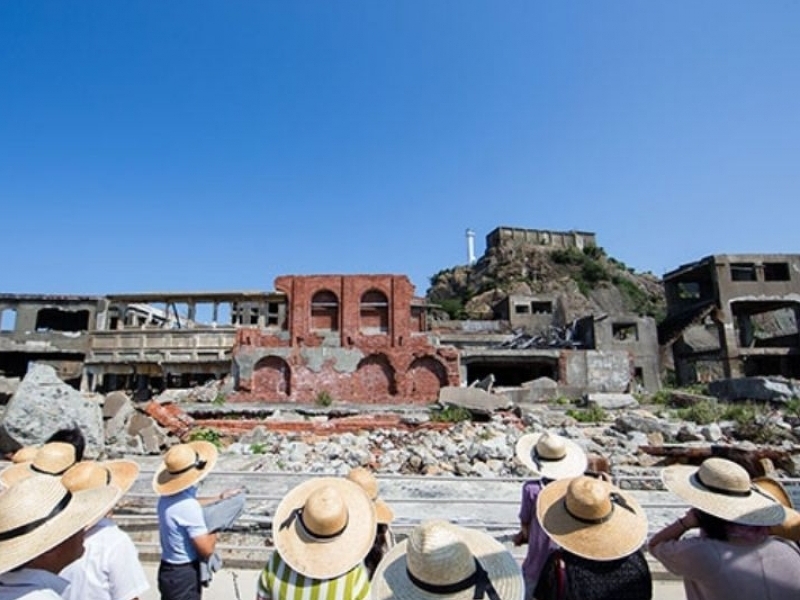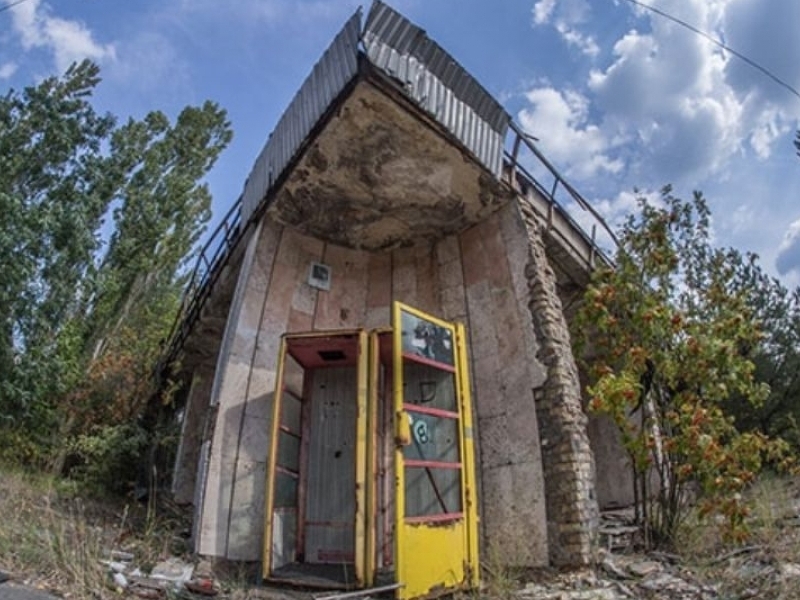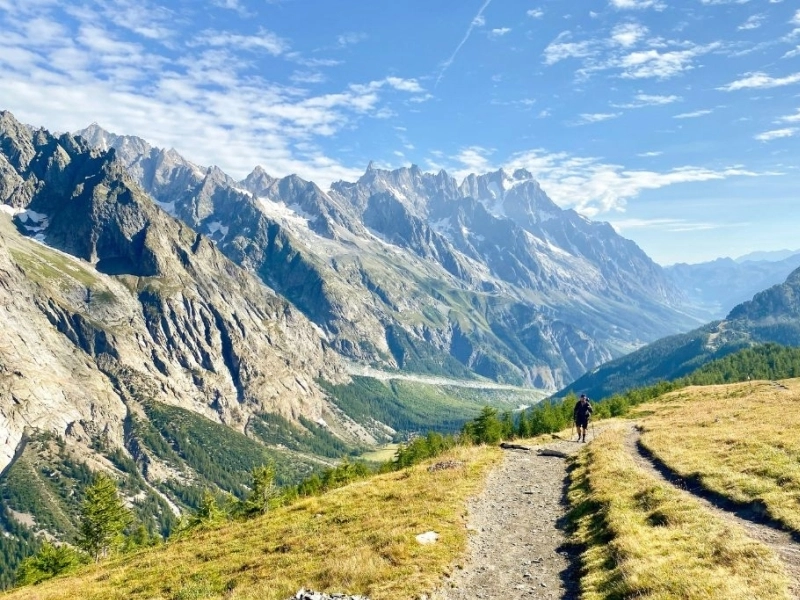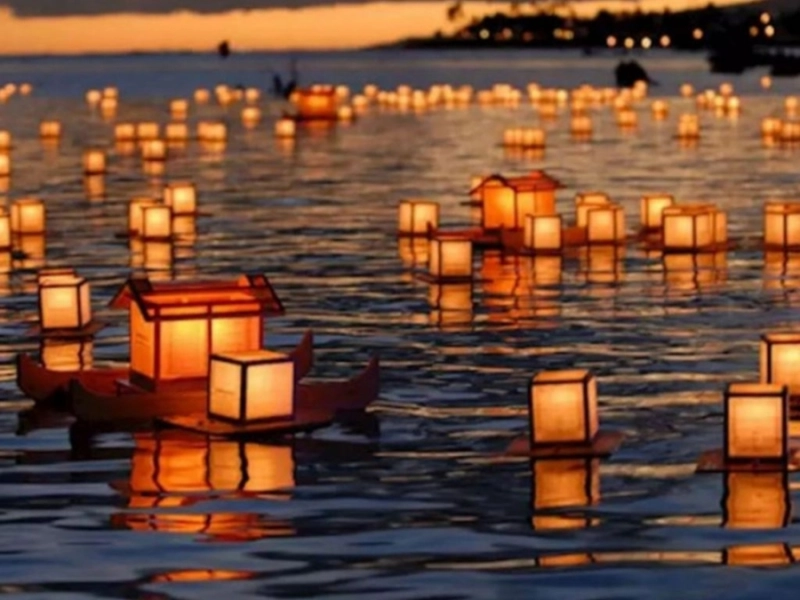News and Testimonials
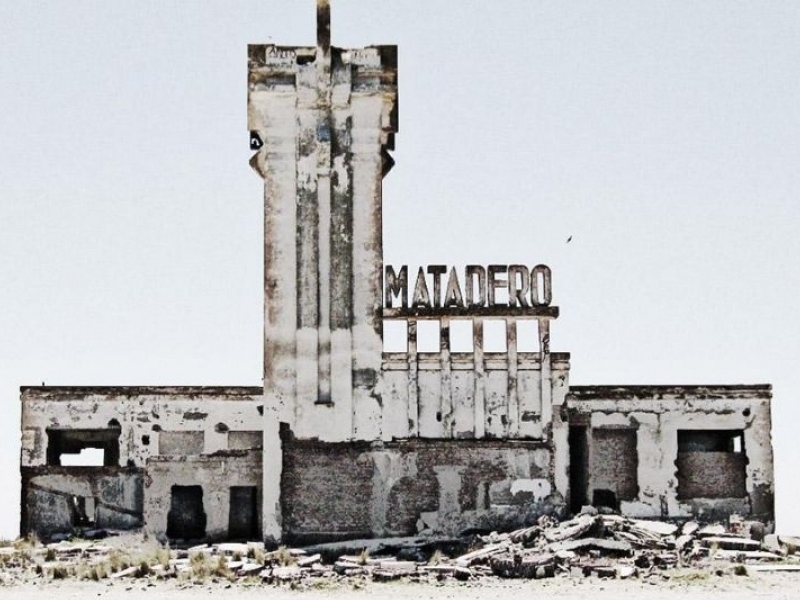
5 urban secrets: ghost cities, singular or submerged
A tour of 5 surprising, peculiar and enigmatic cities
Urbanism keeps a thousand secrets to surprise the traveller. For example, fishing villages overrun by vegetation, villages destroyed by Nazi brutality, or landscapes devastated by nuclear explosions. Who dares to discover rocks that evoke the red fire of hell, abandoned towns or cities submerged for centuries?
1. Houtou Wan, Shengshan Island, China
Ghost towns are often desolate places, but this overgrown fishing village on Shengshan Island has an air of magic. Many islands in the Zhoushan archipelago, off the east coast of China, have been depopulated by migration to the cities, and only a few dozen residents remain in Houtou Wan. Most of them are elders faithful to their people, but they cannot avoid the invasion of trees and climbers. The place has a mysterious air, with its houses that cover the hillside to the sea, upholstered in green to the last step and the last walkway. Many are empty, their dust-covered furniture a curiosity for tourists.
2. The martyred village of Oradour-sur-Glane, Haute-Vienne, France
The remains of Oradour-sur-Glane, the French village where 642 inhabitants were massacred during World War II, were left undisturbed as a warning to future generations; not a single charred car was removed. On June 10, 1944, Nazi soldiers entered Oradour-sur-Glane. They separated the villagers between the barns and the church, and killed them. The few survivors remember that, before killing them, they shot the men in the legs so they could not escape. Women and children were locked in a church, set on fire and those who tried to flee were shot. An American pilot even saw a crucifixion. It was the worst Nazi extermination of French villagers in World War II, and historians still wonder why they chose Oradour. Retaliation for partisan attacks was common, but little Oradour was no center of the French Resistance. After the war, Charles De Gaulle announced the reconstruction of Oradour-sur-Glane to the northwest of the original village, of which the charred rubble would be preserved, making it a unique case of a destroyed village in Europe; most of the destroyed towns were rebuilt on the same spot or remembered with monuments. At the entrance there is a sign “Souviens-toi” (remember).
3. Villa Epecuen, Carhue, Argentina
It has been compared to Atlantis or Pompeii. But let's go by parts. Geographically, Epecuén had never been in a coveted luxury location: the town was in the province of Buenos Aires, hundreds of kilometers from the capital. But it was on the shores of one of the saltiest lakes in the world. From the town's founding in the 1920s to its heyday in the 1970s, the healing waters of Lake Epecuén attracted many vacationers who arrived by train, checked into their hotels or enjoyed lunch, then plunged into the lake. That was the case until an unusual natural catastrophe forever changed the destiny of this retreat. In 1985, weather conditions in the lake caused a seiche, or vertical wave, to break through the dam walls. The saline waters gradually flooded the entire town, leaving the streets, shops and homes at the bottom of a deep and salty lake. Villa Epecuén was under water: everyone left, taking what they could. But fast-forward to 2009 when the waters finally receded, revealing a ghost town of dilapidated buildings and dead trees. The unearthly remains of the underwater town fascinate archaeologists and photographers alike, but only one of its original inhabitants has returned, octogenarian Pablo Novak. His favorite ice cream parlor and nightspot are now a specter of concrete, but he fondly remembers what life was like here before the disaster.
4. Chernobyl Exclusion Zone, Ukraine
"'Don't touch the moss!' our guide yells at us. We are in the Chernobyl Exclusion Zone, where there are radiation levels 10 times higher than normal, and plants like mosses absorb it like sponges. Even before entering the area, my mind recreates a very clear image: that of a Soviet landscape devastated by a nuclear disaster, without a trace of life, where no one dares to enter. But when I feel the broken glass under my boots, in the ghost town of Pripyat, I am surrounded by nature. Birds chirp in the trees, catfish swim in the river, and the meadows are covered in grass. For its part, the local church, that of San Elías, has just been painted. The Chernobyl Exclusion Zone is not the monochrome dump I imagined. On April 26, 1986, a failed test of the safety system at the Chernobyl nuclear power plant triggered the largest nuclear disaster in history, grade 7 on the International Nuclear Accident Scale (there is no grade 8). An explosion blew up Reactor 4, releasing radioactive particles that reached as far as the UK and Scandinavia. Pripyat was a place created specifically for the plant's workers, and its 50,000 inhabitants were the first to have to leave their homes. Pripyat, still uninhabited, is like an image from the past of socialist Ukraine. Its Ferris wheel and playground, built shortly before the accident, stand as rusty symbols of lost innocence. The blocks of flats are covered with climbing plants and the walls and stairs are getting worse and worse. I cautiously cross the threshold of an old school and see the piles of books and child-sized gas masks. But to say that nature has appropriated Chernobyl may be an exaggeration. Occasional bear sightings and birdsong are heard, but wildlife in the polluted areas is less than expected. The human population is also sparse, but there it is. The most famous residents of Chernobyl are its "grandmothers". These women have returned to the farms from which they were evicted, considering that they prefer radiation to exile. The tremendous levels of depression among people displaced after the disaster support this idea. Walking around Pripyat, more than once I push aside an empty bottle of vodka with my foot. Turns out the exclusion zone is a place where people go to rampage like there's no tomorrow." By Anita Isalska.
5. Hashima, Nagasaki, Japan
"The ship leaves the port of Nagasaki for the 'ghost island' of Hashima, and I find it hard to keep calm. I keep scanning the horizon for the ship-shaped silhouette that has given it the nickname "Battleship Island." We move away from the coast, leaving behind boats, barges and uninhabited islets, and suddenly someone announces: “There it is!”. The island appears to float on the water like a warship silhouetted against the blue sky. I've wanted to visit Hashima for years, first during the years I spent in Japan in the 1990s, and then when images began to circulate of this abandoned urban landscape, which among other things was used in 2012 to recreate the villain's hideout in the movie James Bond Skyfall. Ironically, there was a time when Hashima, owned by a coal company, was the most densely populated place in all of Japan. But when the coal mine closed in 1974, it took only four months to leave it abandoned. Their homes, equipment, schools, clinics and temples were suddenly empty, as if in a post-apocalyptic dream. Buildings have been crumbling, exposing forgotten dolls, TVs and small appliances. The alleys, invaded by vines, are strewn with debris. We disembark and go through some catwalks that take us to a world of science fiction. The mine shaft looks like a huge mouth. I blink and I think I see the ghosts of the miners rising from the depths, blackened from head to toe. We stop at a safe distance from the buildings, in case they collapse. The group, made up mostly of chattering Japanese tourists, is suddenly speechless. I imagine what it would be like to spend a night on the island, watching the sun go down behind the cement. It is an impressive place, not only devoid of human life, but devoid of life in general. Not a seagull is seen in the sky. When we get back on the boat, I think of the Incas, the Mayans, the Egyptian pharaohs. Will this be what Tokyo, New York or Paris will one day look like? “Who lived here? – People will ask themselves, passing through the marked paths – Why did they leave? Where did they go?". When we finally return to port, the small groups of people around me seem like a very precious, fragile asset. And that is a feeling that will take time to disappear. By Ray Bartlett
Source: https://www.lonelyplanet.es/blog/10-secretos-urbanos-ciudades-fantasma-singulares-o-sumergidas

